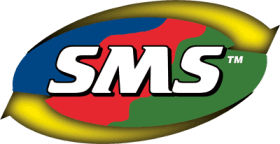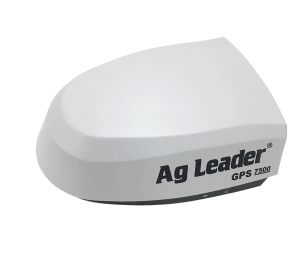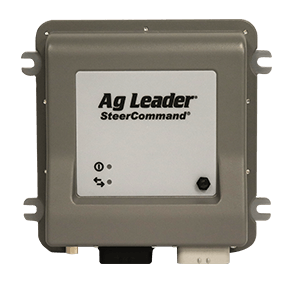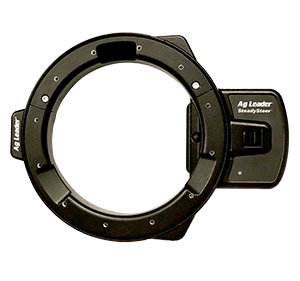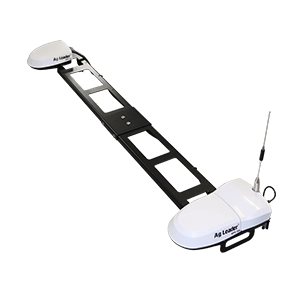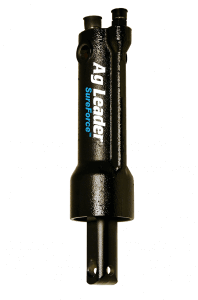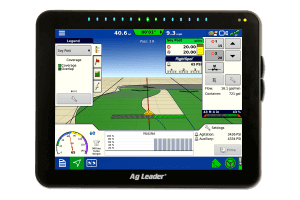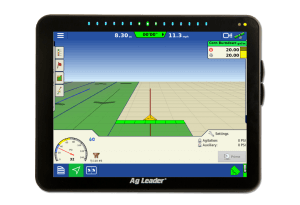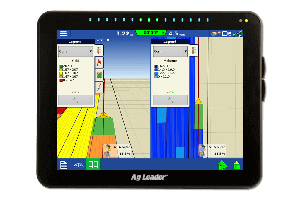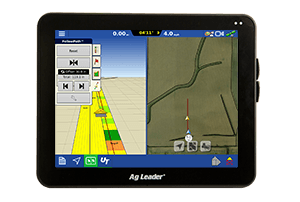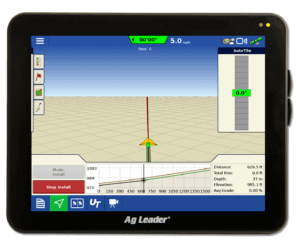Scouting the crop

This is a fun time of year. A time when we watch the crops grow from a seed to a mature plant. Perhaps only a farmer would call watching a plant grow a fun time! The growing season is the best time to continue to learn how the complex environment of weather, soil and plants interact with our practices to produce a crop. We all know this as crop scouting. No matter what new technology continues to emerge, scouting the crops remains an important part of production agriculture. This idea is supported by the numerous universities that hold training courses on how to effectively scout your crops. These classes were held earlier this spring, but they still provide some useful information. I also noticed a few of them provide handbooks that are also very helpful and it seems like every agronomy student is still required to purchase these books. Here are just a few of the many links out there.
Crop Scouting Schools:
Iowa State University University of Nebraska Penn State North Dakota State University University of Illinois
Crop Scouting Handbooks:
Introduction to Crop Scouting, University of Missouri Crop Diagnostic Notebook, Iowa State University
Weed Books:
Weeds of Nebraska and the Great Plains Weeds of California and Other Western States
Integrated Pest Management Sites:
The Ohio State University University of California Michigan State University Purdue University University of Illinois Iowa State University
In past years, this is the time when your seed company sends you a helpful guide on how to calculate population for your row spacing. This is a beneficial exercise, but don’t forget that population is only one variable affecting the final yield. With so many variable affecting the final yield, I think two things are helpful to commit to doing:
Make a schedule to scout. Commit to scout your fields for the entire season. Similar to marketing your grain, it is helpful to put a plan together ahead of time to help you stay focused. Some hire a crop scout, others do it themselves. Either way, make sure you get through your fields learning about what changes you can make for this crop, and even next year's crop. Document what you see. There are a lot of things to remember. Some use a paper scouting report for each field, writing the important information on the page. Others use technology devices, like handhelds (with GPS) with predefined scouting lists like our SMS Mobile software. Both of these documentation methods are useful for learning. Just make sure it is documented! Here are a few examples of scouting reports: Condensed Scouting Report, Detailed Scouting Report.
When attending conferences this winter, there were many presentations on products that will increase your profit. These claims are often supported only by providing yield information. I often ponder why more specific information is not provided about the farm sites where the yields were gathered. Is the only thing that really matters the final yield? I don't think so, but logically presenters know the numbers more than the specifics of the farms where the numbers come from. While we are thankful that some of us are dedicated to researching and providing these results, it does not guarantee anything on your farm. No matter what products are promoted, you continue to be the one that can learn the most from the crops on your farm. This year, make a commitment to learn from your crop.



